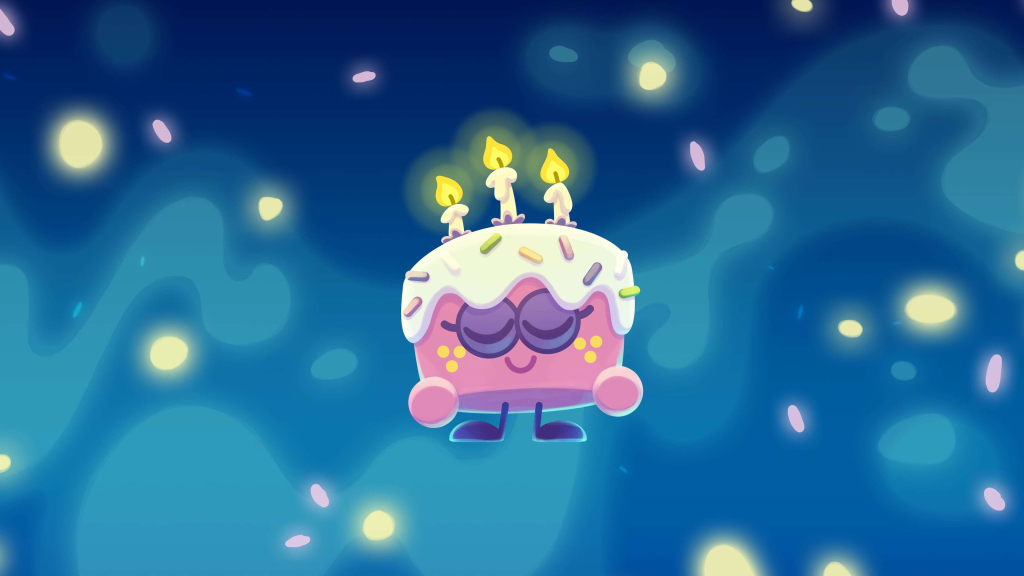
- 2 mins
5 Ways to Ease Worries with Deep Breathing for Kids

“Let me see those beautiful eyes” is what one of my clients’ children said to her when she knew her mom wasn’t her usual happy self. She brightened her mom’s day and let go of her worries – at least temporarily, all of this being four years old. Why are some kids so good at soothing their parents when they see they are worried? Perhaps because they model what their parents do to ease their worries.
We do what we observe when we are young. Although this example of a four years old easing her mom is adorable, we have to ensure, like this mom does, that this worry doesn’t become anxiety or at least sustained and built up anxiety over time. Rabner et al. (2017) indicate that excessive worrying in young children could lead to more severe anxiety conditions in adults.
I understand how difficult it is to be “on.” And that is not what should be expected of any parent, as it will lead to parental burnout. But when you create time for you and your child or children, try and be as present as possible. Switch your phone off (can you imagine?) or place it in a different room. When you show your kids that you are fully present when spending time, you show them that their worries can be expressed and attended to. You validate their feelings – which is the most important thing for all of us when expressing our emotions. We want to be heard and receive some form of comfort. A glimpse at a phone can potentially break that authentic connection at that moment.
During my initial psychology studies, I heard of “good” and “bad” emotions, which today, thankfully, are not referred to as such. Yet, we do sometimes feel that when we feel sad, angry, frustrated, or agitated that these feelings are “bad,” and we need to get back to feeling “good” again as soon as possible. I think we have to try and retrain our way of thinking about emotions by understanding that, firstly, all feelings are valid and important and that we shouldn’t try and “get over” some of these emotions quickly.
A better approach might be to pause when we feel different emotions. Try and sit with that feeling a little longer to understand where it came from and what made us think this way. We can do this with any emotion – if we are feeling a sudden sense of happiness – what changed? Maybe we can return to this feeling by remembering this memory? If we suddenly feel irritated, we can ask ourselves or our children – what changed? Was it a change in environment, sensory input, people, or did something happen? We can then find ways to cope in these situations and remove ourselves from the source of this unhappiness. But, as parents, we can teach our kids (and ourselves) that these worries are valid, real, and should be respected.
Ever heard of a worry box? Find out more on our blog!
We sometimes forget how healing a good cry can be. I lost my dad a few years ago, and when I miss him, I speak of him. Talking about him tends to make me cry a lot. I always feel a sense of relief, and my partner, a friend or family member, letting me cry and speak of how amazing he was and still is in my life makes me feel more connected to my dad than ever. Whether your worry is about a loss, a future event, or just an upcoming exam – cry if you want to and be there for your child if they do. There is nothing to fix; just some hugs, cuddles, and understanding might be the key during these moments of release and relief.
If your kid tends to have worries about events that have not yet occurred, it might be helpful to practice some mindfulness activities. Try to meditate together and focus on the “here and now.” Breathing exercises are an excellent tool to instill in your child from a young age. There will always be things to worry about, but these are mostly out of our control. What is in our control is how we manage our breathing, our thoughts, and how we can be present at the moment.
You are doing an excellent job! Merely reading these articles and wanting to learn more to help your kids with their worries is a sign that you are a very present parent.
Rabner J, Mian ND, Langer DA, Comer JS, Pincus D. The Relationship Between Worry and Dimensions of Anxiety Symptoms in Children and Adolescents. Behav Cogn Psychother. 2017 Mar;45(2):124-138. doi: 10.1017/S1352465816000448. Epub 2016 Nov 17. PMID: 27852349; PMCID: PMC5405454.